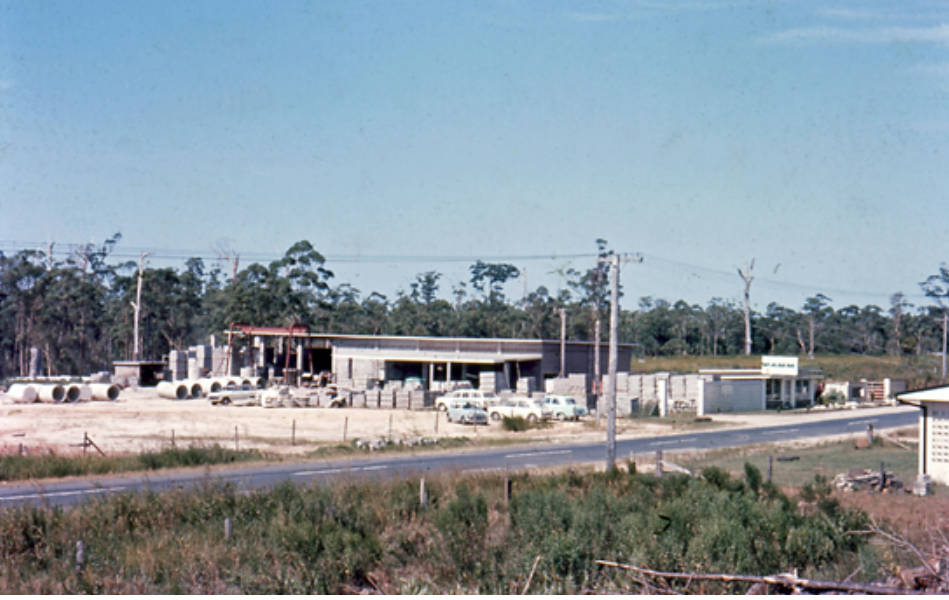It has a less than grandiose ring to it, but ‘Brickville’ almost became the name of a Sunshine Coast suburb.
The name was abandoned, not because of its Industrial Revolution overtones but because of its inaccuracy.
The first industries of what we know as Kunda Park were making concrete blocks, not bricks. The solution came from a random phone call.
The story begins in the late 1960s, when Maroochy Shire was first beginning to spread its wings. As the first developments began to get underway, more industry was attracted to the area in response to a growing demand for housing and construction.
Shire Chairman of the day was Eddie De Vere, who had to start thinking about where these noisy and often dusty industries would go. The first Maroochy Shire Town Plan wasn’t gazetted until 1973, so there was nothing to define land use.
Geoff Pike, the father of Olympic boxer Benny, approached Cr De Vere about the possibility of starting a heavy industry in Maroochydore.
Realising that industry would never be well accepted on the coastal strip, De Vere began looking for a suitable location further out of town.
He settled on the cow paddocks west of Maroochydore, just beside the road that connected Maroochydore to the Bruce Highway. It was considered ideal, as it was readily accessible to Buderim, Nambour and Maroochydore and wasn’t on top of any residential areas.
Without a town plan, the next best thing was to give it an industrial zoning. This unofficially set it aside so that anyone coming into the area would know it was for industry.
Because concrete block manufacturing industries were among the first to be established in the zone, it was decided that this new industrial area would be called ‘Brickville’.
This, however, upset the industries because there wasn’t a kiln in sight. The brickworks was at Cooroy.

There must have been some public discussion and debate about the name, as De Vere received a phone call from a resident who had an idea – the Aboriginal owners had always referred to the palms growing prolifically in the area as “kundas”.
It was settled. The first industrial estate would be called Kunda Park.
Geoff Pike gave his name to the street at the main entrance to the new estate and manufacturing plants continued to spring up on the northern side of Maroochydore Road.
The first town plans recognised the need to confine industry to its own area, and Kunda Park, an obvious choice, was immediately earmarked for the purpose.
It became one of four Crown Industrial Estates established during the 1970s and early 1980s by the Department of Commercial and Industrial Development to help broaden the region’s economic base.
By the 1980s, the handful of houses that had been on the southern side of the road were gone and have long since been replaced with more industry. Expansion also continued west.
The number of factories in Maroochy Shire trebled in the decade after 1973, most of them in response to growing local demand for building materials.
Importantly, they also created jobs. The slow rate of industrial development had been identified as contributing to unemployment problems in Maroochy Shire in the early 1970s.
Even in 1988, manufacturing still made up only 9 per cent of the shire’s employment but industrial zones began to grow and prosper at Yandina and Forest Glen.

The Sunshine Coast Airport, which marks its 61st birthday on August 12, has had two name changes.
Surveyor J.F.H. (Fred) Murray signed the survey plan marking the boundaries of the Maroochy Airport at Mudjimba on December 27, 1958.
The first test landing was on a grass strip August 16, 1959, before it was officially opened with a sealed runway suitable for the Fokker Friendship, on August 12, 1961.
The airport was later renamed Maroochydore Airport because a departmental ruling at the time demanded that an airport must be identifiable with a particular town, until common sense ruled in 2010 and it became the Sunshine Coast Airport.





